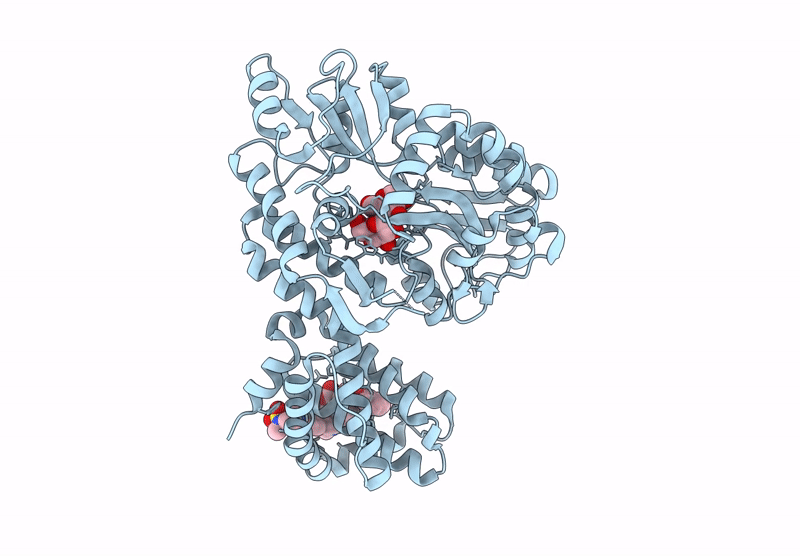
Deposition Date
2024-01-25
Release Date
2025-01-29
Last Version Date
2025-06-25
Entry Detail
Biological Source:
Source Organism:
Escherichia coli O157:H7 (Taxon ID: 83334)
Homo sapiens (Taxon ID: 9606)
Homo sapiens (Taxon ID: 9606)
Host Organism:
Method Details:
Experimental Method:
Resolution:
2.23 Å
R-Value Free:
0.24
R-Value Work:
0.18
R-Value Observed:
0.19
Space Group:
P 21 21 2


